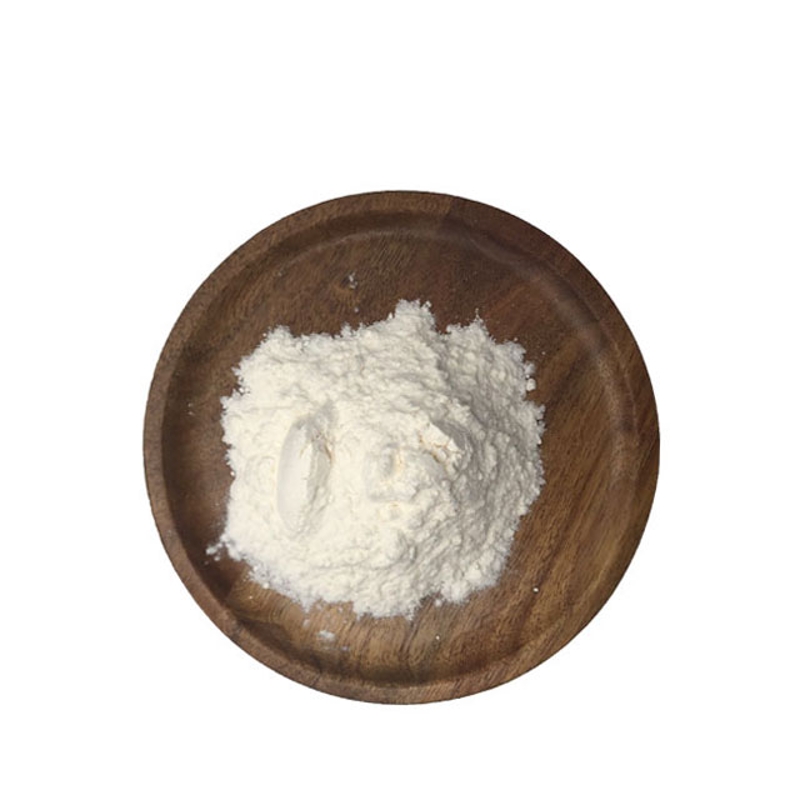-
Categories
-
Pharmaceutical Intermediates
-
Active Pharmaceutical Ingredients
-
Food Additives
- Industrial Coatings
- Agrochemicals
- Dyes and Pigments
- Surfactant
- Flavors and Fragrances
- Chemical Reagents
- Catalyst and Auxiliary
- Natural Products
- Inorganic Chemistry
-
Organic Chemistry
-
Biochemical Engineering
- Analytical Chemistry
- Cosmetic Ingredient
-
Pharmaceutical Intermediates
Promotion
ECHEMI Mall
Wholesale
Weekly Price
Exhibition
News
-
Trade Service
Due to the current increasing incidence of obesity and diabetes, non-alcoholic fatty liver disease (NAFLD) has become one of the leading causes of
hepatocellular carcinoma (HCC).
At this stage, the incidence of HCC associated with non-alcoholic fatty liver is steadily increasing, and about 20% of HCC cases can be attributed to non-alcoholic fatty liver
disease.
Nonalcoholic fatty liver disease can progress to nonalcoholic steatohepatitis (NASH), liver fibrosis, cirrhosis, and eventually HCC.
Unlike most other cancers, HCC can be treated
without a biopsy after passing imaging tests.
In 2017, in order to improve the diagnostic accuracy of contrast agent enhanced ultrasound (CEUS) for HCC and promote communication between radiologists, CEUS LI-RADS was introduced clinically as a standardized reporting system
for liver nodules in patients at risk of HCC.
In addition, numerous studies have confirmed that the standard classification of CEUS LI-RADS for patients at high risk of HCC has high clinical value
in the diagnosis of HCC.
CEUS LI-RADS 2017 is intended for patients
with cirrhosis, chronic hepatitis B virus infection, or current or previous HCC.
Therefore, if a patient with NASH does not have cirrhosis, it is not included in
the evaluation.
Recently, a study published in the journal European Radiology evaluated the diagnostic performance of CEUS LI-RADS in the NASH population, providing a reference for
the further accurate application of CEUS in clinical practice.
This study included serial patients diagnosed with NASH with untreated liver nodules between January 2013 and December 2020
.
A total of 211 patients (mean age, 49.
7± 21.
7 years; males, 156 people).
The positive predictive value (PPV) of CEUS LR-5 for the diagnosis of hepatocellular carcinoma (HCC) was 70.
8% (56/79).
A total of 28 (12.
9%) of the 217 nodules were classified as LR-M, of which 12 showed high reinforcement and early clearance in the arterial phase within 5 minutes; 10 of these 12 nodules (83%) are HCCs
.
When these nodules were reclassified as LR-5, the specificity of LR-M as a predictor of non-HCC malignancy increased from 91.
0 (181/199) to 96.
5% (192/199) (p = .
023).
Despite the reclassification, the specificity and PPV of LR-5 remained high (80.
6% and 72.
5%, respectively).
After reclassification, the LR-M specificity of the validation set increased from 90.
0 (45/50) to 100% (50/50) (p=0.
022).
A 57-year-old female with nonalcoholic steatohepatitis was found with a liver mass during a US examination
.
The mass is estimated to be about 3.
2 cm in diameter and is located in the right lobe (A).
In CEUS examination, the mass shows (B) high enhancement after injection of contrast agent, and the boundaries of the non-strengthened area within the tumor in the delayed phase (C, D) are not clear
.
According to the modified CEUS LI-RADS guidelines, the lesion is classified as LR-M
.
Histopathology suggests that the lesion is ICC
This study showed that the LR-5 grade of the 2017 version of CEUS LI-RADS has high clinical diagnostic value
in predicting the presence or absence of HCC in patients with NASH.
The accuracy
of diagnosis can be further improved by reclassifying LR-M nodules with high arterial phase enhancement and early clearance to LR-5.
Original source:
Zhe Huang,PingPing Zhou,ShanShan Li,et al.
Evaluation of contrast-enhanced ultrasound LI-RADS version 2017: application on 271 liver nodules in individuals with non-alcoholic steatohepatitis.
DOI:10.
1007/s00330-022-08872-7







